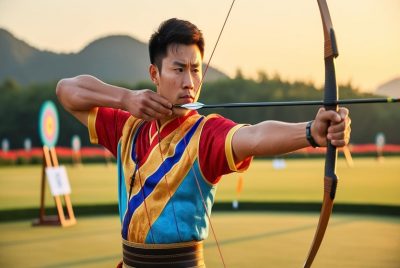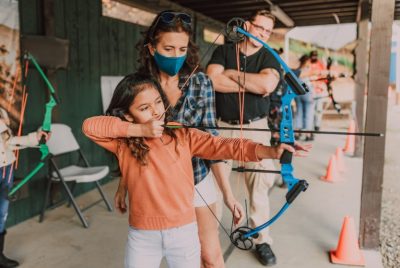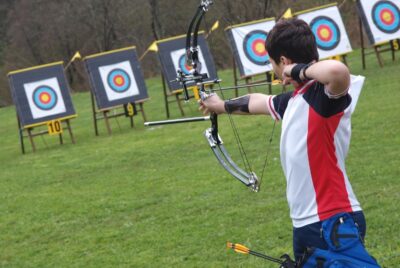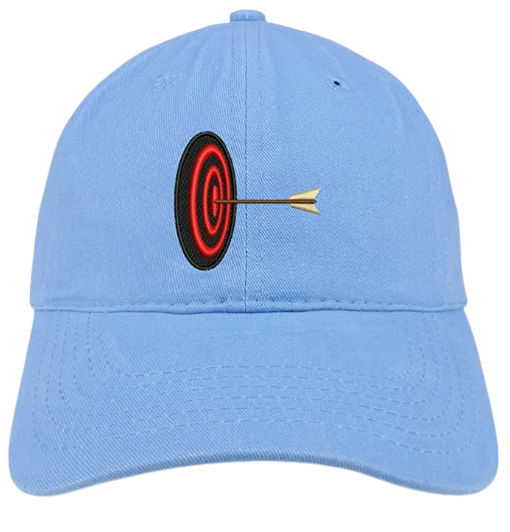Archery competitions demand more than just physical skill and precision; they require intense mental focus and…
Recurve Bows: What Are They?
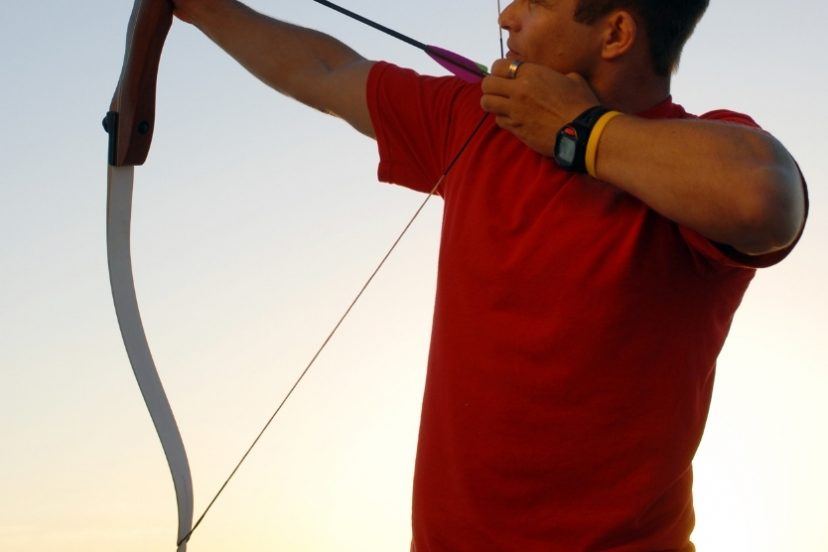
There are many kinds of bows out there. The recurve bow is one popular style, used in a variety of settings and often touted as one of the easiest styles of bows to operate.
Recurve Bow Terminology
Before you learn what a recurve bow is, there are a few keywords you’ll want to know.
Arrow Rest – As the name suggests, this is where the arrow rests when the bow is loaded.
Bowhunting – Hunting using a bow and arrow instead of a gun.
Bow Sight – This is an assist tool built-in to many modern recurve bows. It aids in aiming.
Draw Weight – The amount of force used to pull the string back.
Field Archery – A form of archery involving shooting targets along a wooded course.
Limbs – The upper and lower parts of the bow. In a recurve bow, these are pointed away from the user unless the bow is strung.
Straight Bow – Straight bows have a straight profile when viewed from the side and unstrung. Longbows are a type of straight bow.
String – The string of a recurve bow stretches from limb to limb. When the string is pulled back, its energy is transferred to the arrow.
Target Archery – A form of archery that involves shooting static targets in an open field.
What Is A Recurve Bow?
With an unstrung recurve bow, the limbs of the bow point away from the user.
That is the primary defining characteristic of the recurve bow, and it provides a few significant advantages to the archer.
Recurve bows transfer energy to the arrow more efficiently, making them easier to operate than longbows.
The arrows tend to shoot at a greater speed than with a longbow, as well. Everyone from beginners to archers in the Olympics uses recurve bows.
Recurve bows are sometimes made out of a single piece. More commonly, however, these bows are made out of multiple pieces and are collapsible, making them easier to transport.
Collapsible recurve bows are generally made out of synthetic materials such as carbon fiber, while a one-piece recurve could be made out of synthetic material or a single piece of wood.
The limbs are replaceable, as well, meaning you can change the draw weight of your bow.
One significant advantage to using a recurve bow over a longbow its size. With a longbow, the bow should be at minimum as tall as the user.
Since they are typically made out of a single piece of wood, this means longbows are difficult to haul around.
Recurve bows are smaller, to begin with, plus their ability to collapse makes them much easier to transport.
>> See a great selection of Recurve Bows on Amazon
Best Uses for A Recurve Bow
Recurve bows are used in various types of archery. The recurve bow lends itself well to field archery and bowhunting because of its transportability.
Both of those types of archery require you to move around quite a bit.
Recurve bows are also well-suited for target archery and 3D archery.
They are a good all-purpose bow.
Choosing Your Bow
Your recurve bow should ideally weigh somewhere between 15 and 25 pounds, although smaller archers may need a smaller bow.
The length of the bow depends on the height of the user.
The top limb of the bow should come up to the archer’s eyebrows when the bow is rested on the ground.
Conclusion
Whether you’re new to archery or a seasoned professional, a good recurve bow has a place in your arsenal. These bows are versatile, often lightweight, and easy to operate.

